
The First Haircut
Chassidim as well as other Orthodox Jews wait until a male child reaches the age of three before his first haircut, during a ceremony known as the Chalakeh...

Chassidic Jews as well as many other Orthodox groups wait until a male child reaches the age of three before he receives his first haircut. And, in the case of Chassidim, when the child does finally get his first haircut, his long locks are completely shaved and only his side-curls remain. The side-curls are called pe’ot, named after the pe’ah, a strip of a field that the Torah commands a farmer not to cultivate, leaving it for the poor people.
Chassidic tradition cites that the Chalakeh, or first haircut at the age of three, is actually hinted in the Torah. In the Torah portion of Tazria, when the Torah (Leviticus 13:33) mentions the word for shaving one’s hair – vehitgaleach – the letter Gimel, which has a numerical value of three, is traditionally written twice the size of the other Torah letters. Also, one may not partake of orla, the fruit that an immature tree produces during its first three years of growth. In like manner, we don’t cut a little boy’s hair during his first three years of growth.
Although not all observant Jews wear long side-locks and beards, most Chassidim interpret the Torah’s command – “Do not cut the pe’ah of your head and do not cut the pe’ah of your beard” (Leviticus 19:27) – in a literal fashion. Many, as in Breslev, neither trim a child’s sidelocks nor trim their beards. According to Kabbala, whereas the hairs of the head correspond to stern judgment, the hair of the sidelocks and beard correspond to Divine compassion – something we don’t want to trim.
Parents often try to perform the ceremony at the grave site of a tzaddik. The prime time for the Chalakeh is Lag B’Omer, at the holy grave site of Rebbe Shimon Bar Yochai in Meron. As such, many parents will either move the ceremony up or delay it for anywhere up to 90 days so that they can do it under the holy influence of Meron and Lag B’Omer, which is tantamount to having Rebbe Shimon himself perform the ceremony, cut the first locks and bless the child.
A Jewish toddler’s first haircut is a milestone; he is no longer a toddler. He now graduates to the status of a little boy who will learn to read and to study Torah. Together with his new pe’ot, he gets his first pair of tzitzit and officially begins to learn how to read, despite the fact that many Chassidic little boys know the alphabet by the time they’re three. Oftentimes, parents bring the little boy to a Torah scholar or righteous spiritual leader, who sits the little boy on his lap, rubs honey over the images of Torah letters and lets the little boy lick the page. This symbolically is a child’s first contact with Torah – a sweet one – which is engraved on his tender little soul for the rest of his life. Friends and family are also on hand for this moving and significant ceremony.
Another beautiful custom is that the parents gather their sons newly shorn locks, both when friends, family and rabbis are honored with shearing a lock, and both when the little boy receives his completed haircut. The put the locks in a plastic bag, weigh them, and then give an equivalent amount of silver or gold to charity. The root of this custom is from Psalm 119:72, “The Torah of Your mouth is better to me than a thousand gold and silver.” The words of this passage, Tov li Torat Picha, is a song that all Chassidic little boys learn before their third birthday.
Parents are best advised to prepare their little boy for the occasion of the Chalakeh, so that the first haircut won’t be traumatic. The little “groom” often gets new clothes and shoes in addition to his new tztitzit, and presents from family and friends.
A special Jewish mothers’ custom is to photograph the child before and after the Chalakeh. These are memories that no money can buy. May you have joy from all of your children!
Here are a few photos of Chalekeh in Miron:
1. Before
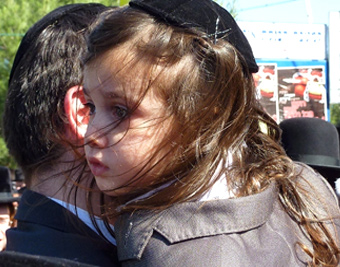
2. Snip, snip
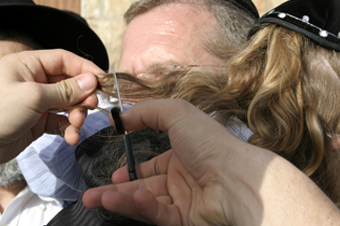
3. After
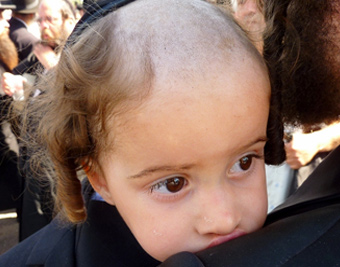
4. The Little Tzaddik
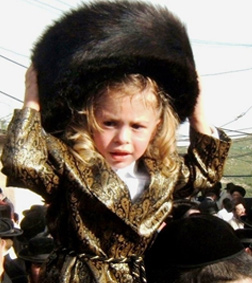











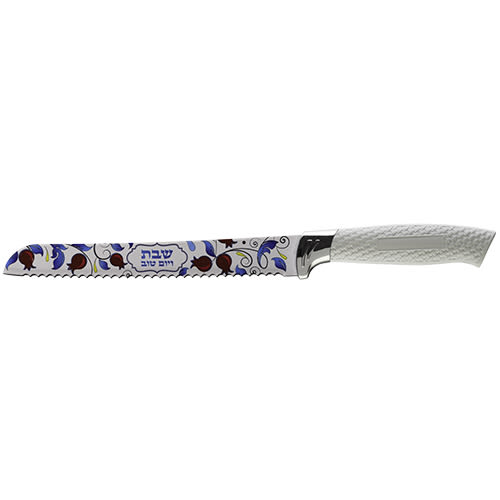
Tell us what you think!
Thank you for your comment!
It will be published after approval by the Editor.